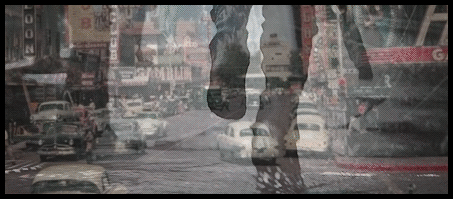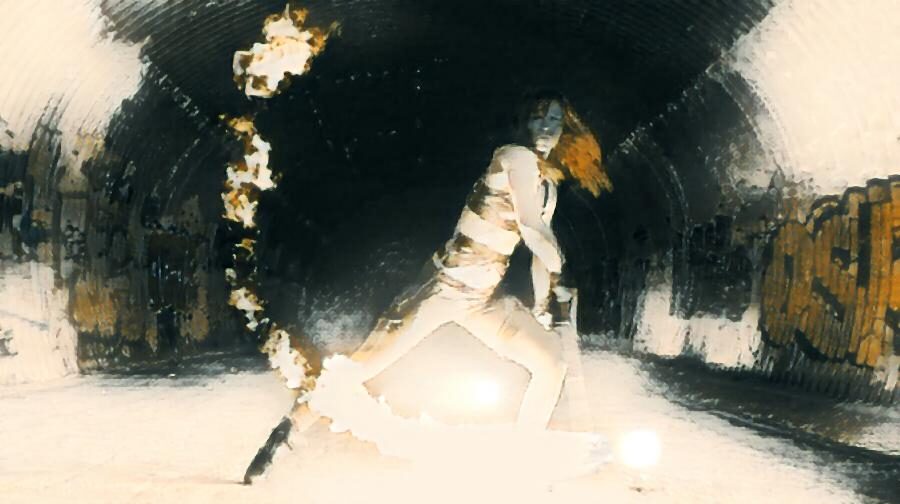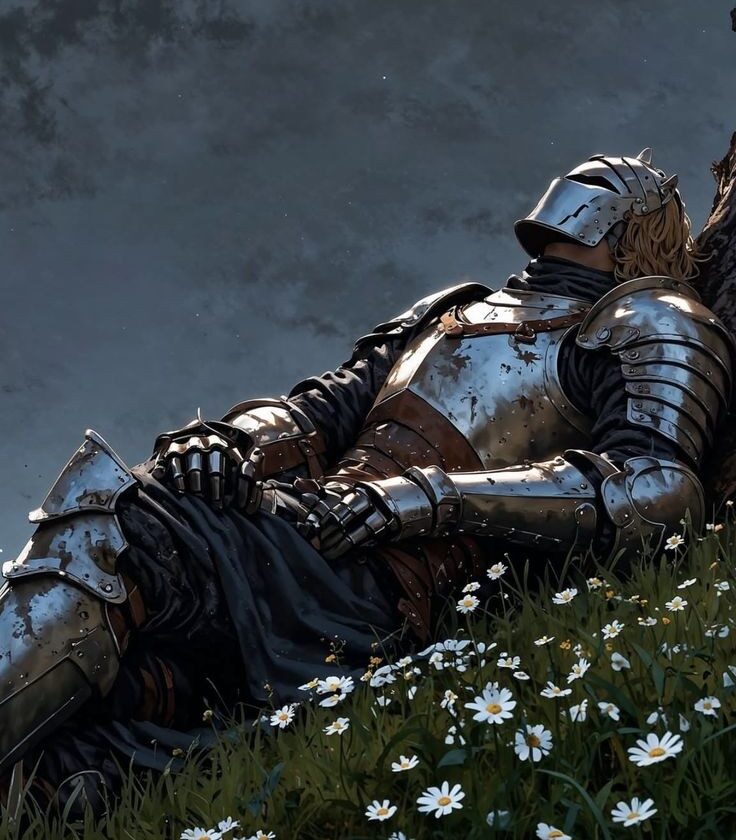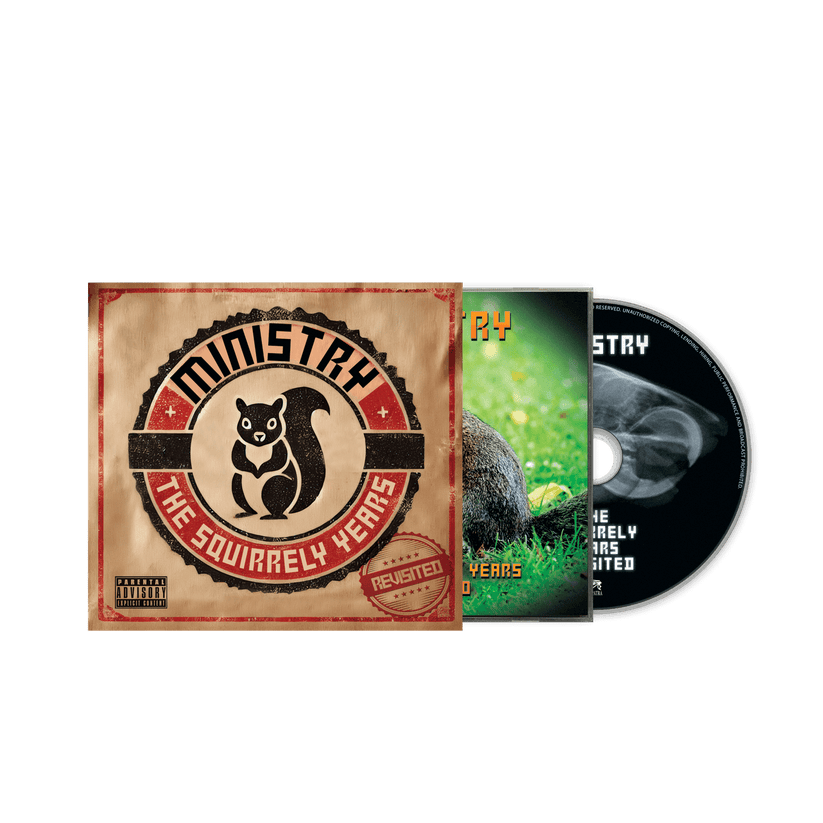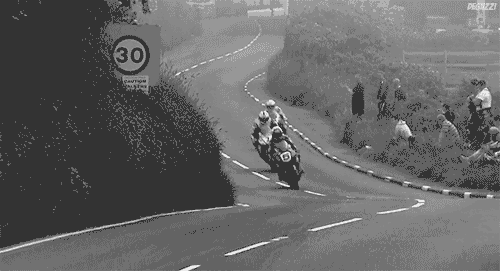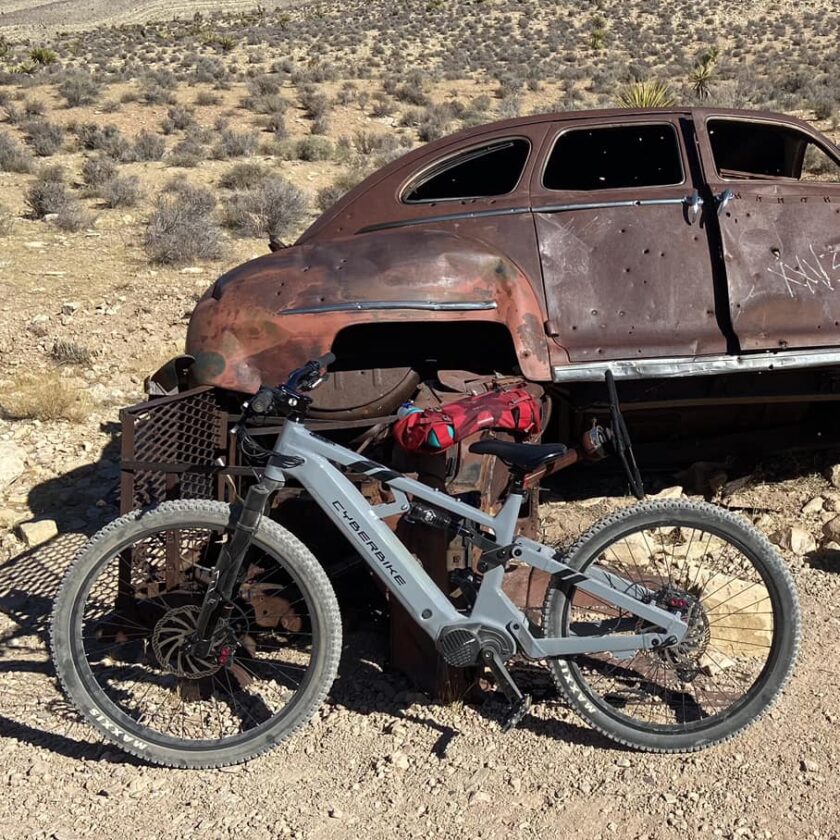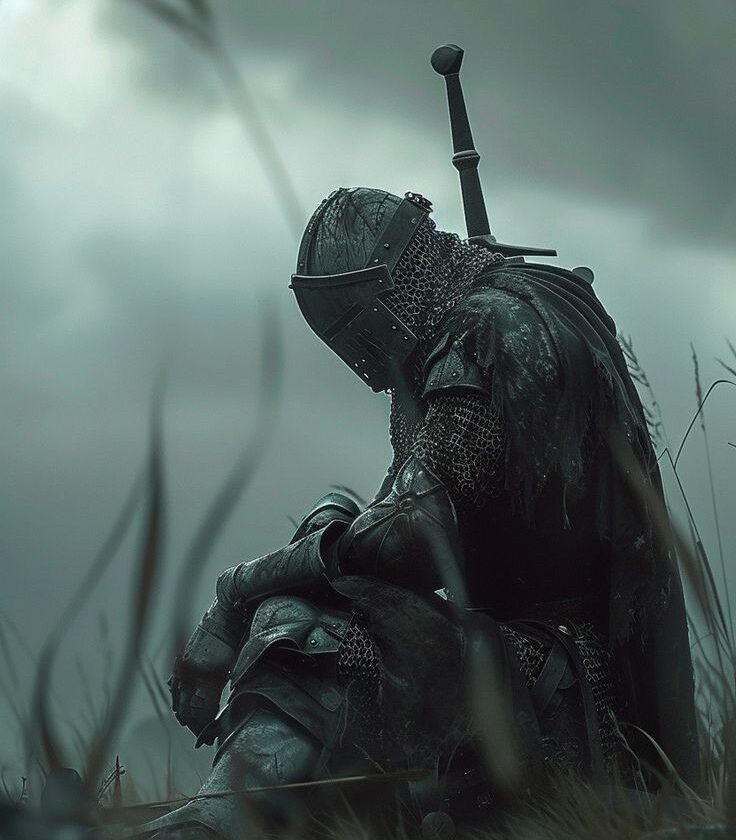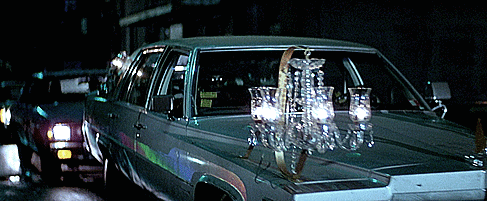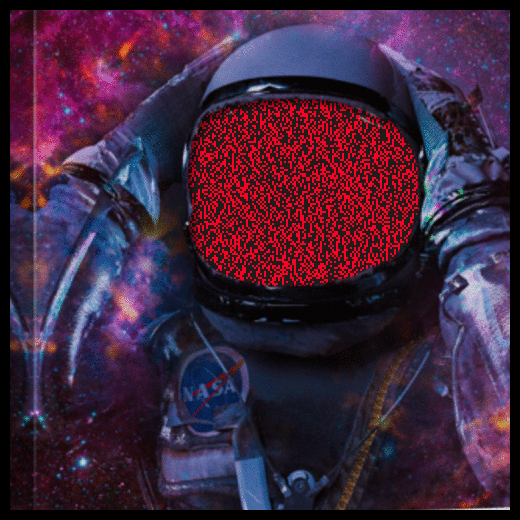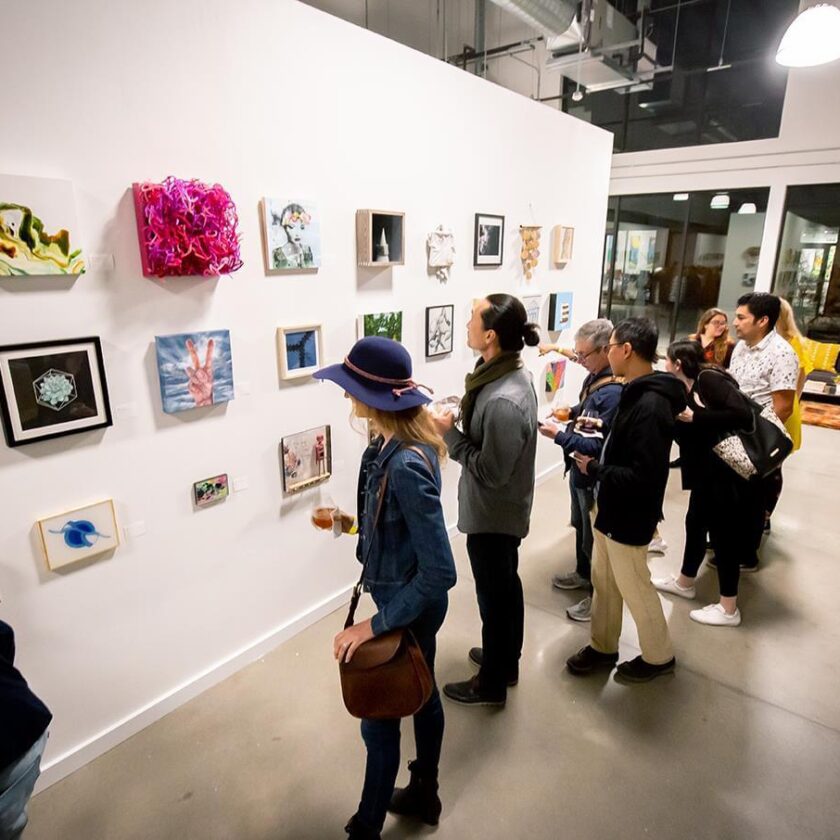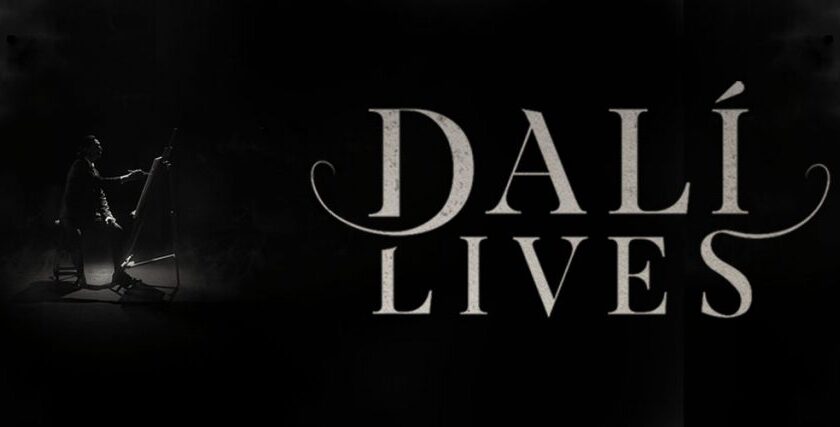Joy Division is one of those bands that hammered out a truly unique sound. A sound so unique, that it is timeless and instantly recognizable. The background music of dark dorm rooms and moody coffee shops; the disciples of Joy Division are an eclectic group of humans from far-flung sides of the universe. I remember first getting into them in college. I loved this dark monochromatic sound.. it’s droning guitars.. the dead pan lyrics.. the eroticism of dark longing. It was intoxicating!
Joy Division were an English rock band formed in Salford in 1976. The group consisted of vocalist Ian Curtis, guitarist/keyboardist Bernard Sumner, bassist Peter Hook and drummer Stephen Morris.
Sumner and Hook formed the band after attending a Sex Pistols concert. While Joy Division’s first recordings were heavily influenced by early punk, they soon developed a sparse sound and style that made them one of the pioneers of the post-punk movement. Their self-released 1978 debut EP An Ideal for Living drew the attention of the Manchester television personality Tony Wilson, who signed them to his independent label Factory Records. Their debut album Unknown Pleasures, recorded with producer Martin Hannett, was released in 1979.
Curtis suffered from personal problems and health conditions, including a failing marriage, depression, and epilepsy. As the band’s popularity grew, Curtis’s condition made it increasingly difficult for him to perform; he occasionally experienced seizures on stage. He died by suicide on the eve of the band’s first US/Canada tour in May 1980, aged 23. Joy Division’s second and final album, Closer, was released two months later; it and the single “Love Will Tear Us Apart” became their highest charting releases.
The remaining members regrouped under the name New Order. They were successful throughout the next decade, blending post-punk with electronic and dance music influences.[5]
Formation[edit]
On 4 June 1976,[6] childhood friends Bernard Sumner and Peter Hook separately attended a Sex Pistols show at the Manchester Lesser Free Trade Hall. Both were inspired by the Pistols’ performance. Sumner said that he felt the Pistols “destroyed the myth of being a pop star, of a musician being some kind of god that you had to worship”.[7] The following day Hook borrowed £35 from his mother to buy a bass guitar.[8] They formed a band with Terry Mason, who had also attended the gig; Sumner bought a guitar, and Mason a drum kit. After their schoolfriend Martin Gresty declined an invitation to join as vocalist after getting a job at a factory,[9] the band placed an advertisement for a vocalist in the Manchester Virgin Records shop. Ian Curtis, who knew them from earlier gigs, responded and was hired without audition.[7] Sumner said that he “knew he was all right to get on with and that’s what we based the whole group on. If we liked someone, they were in.”[10]
Buzzcocks manager Richard Boon and frontman Pete Shelley have both been credited with suggesting the band name “Stiff Kittens”, but the band settled on “Warsaw” shortly before their first gig, a reference to David Bowie‘s song “Warszawa“.[11][12][13] Warsaw debuted on 29 May 1977 at the Electric Circus, supporting the Buzzcocks, Penetration and John Cooper Clarke.[13] Tony Tabac played drums that night after joining the band two days earlier.[13][14] Reviews in the NME by Paul Morley and in Sounds by Ian Wood brought them immediate national exposure.[15][16] Mason became the band’s manager and Tabac was replaced on drums in June 1977 by Steve Brotherdale, who also played in the punk band The Panik.[17] Brotherdale tried to get Curtis to leave the band and join The Panik, and even had Curtis audition.[18][19] In July 1977, Warsaw recorded five demo tracks at Pennine Sound Studios, Oldham.[20] Uneasy with Brotherdale’s aggressive personality, the band fired him soon after the sessions: driving home from the studio, they pulled over and asked Brotherdale to check on a flat tyre; when he got out of the car, they drove off.[21]
In August 1977, Warsaw placed an advertisement in a music shop window seeking a replacement drummer. Stephen Morris, who had attended the same school as Curtis, was the sole respondent. Deborah Curtis, Ian’s wife, stated that Morris “fitted perfectly” with the band, and that with his addition Warsaw became a “complete ‘family'”.[22] To avoid confusion with the London punk band Warsaw Pakt, the band renamed themselves Joy Division in early 1978, borrowing the name from the sexual slavery wing of a Nazi concentration camp mentioned in the 1955 novel House of Dolls.[19][23] In December, the group recorded their debut EP, An Ideal for Living, at Pennine Sound Studio and played their final gig as Warsaw on New Year’s Eve at the Swinging Apple in Liverpool.[24] Billed as Warsaw to ensure an audience, the band played their first gig as Joy Division on 25 January 1978 at Pip’s Disco in Manchester.[25]
Post-punk (originally called new musick)[1] is a broad genre of rock music that emerged in the late 1970s as musicians departed from the raw simplicity and traditionalism of punk rock, instead adopting a variety of avant-garde sensibilities and non-rock influences. Inspired by punk’s energy and DIY ethic but determined to break from rock cliches, artists experimented with styles like funk, electronic music, jazz, and dance music; the production techniques of dub and disco; and ideas from art and politics, including critical theory, modernist art, cinema and literature.[2][3] These communities produced independent record labels, visual art, multimedia performances and fanzines.
The early post-punk vanguard was represented by groups including Siouxsie and the Banshees, Wire, Public Image Ltd, the Pop Group, Cabaret Voltaire, Magazine, Pere Ubu, Joy Division, Talking Heads, Devo, Gang of Four, the Slits, the Cure, and the Fall.[4] The movement was closely related to the development of ancillary genres such as gothic rock, neo-psychedelia, no wave, and industrial music. By the mid-1980s, post-punk had dissipated, but it provided a foundation for the New Pop movement and the later alternative and independent genres.
